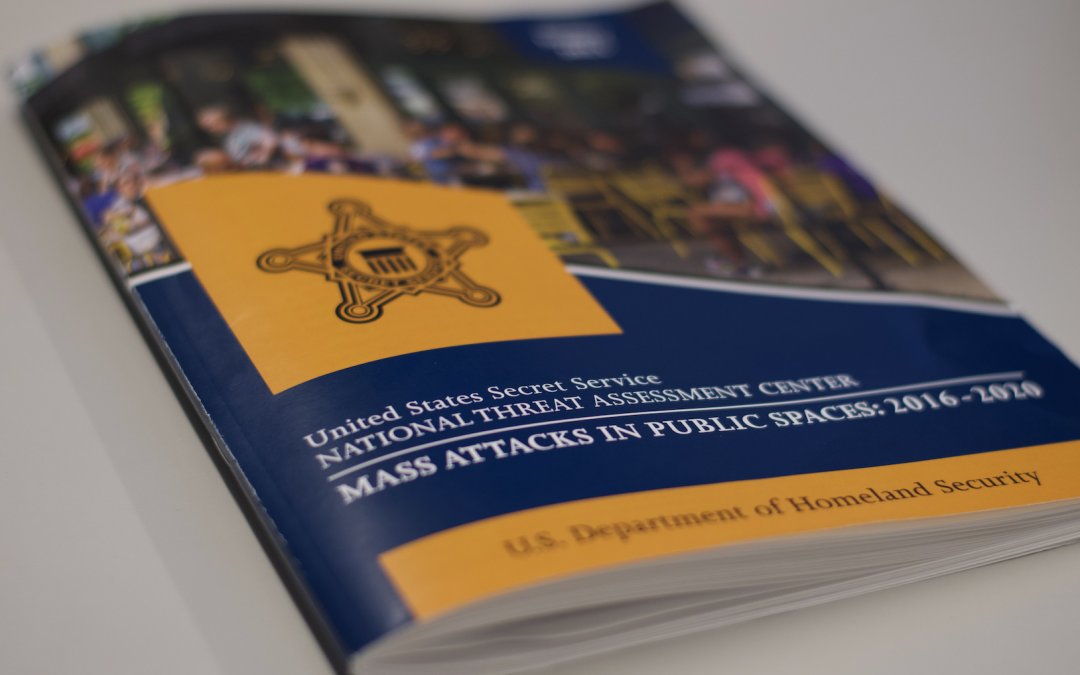WASHINGTON — As Americans reel from the spate of mass killings in recent weeks, the United States Secret Service released a report on Wednesday that aims to shed light on what it calls mass attacks in public spaces.
The agency’s National Threat Assessment Center identified 173 mass attacks in public spaces between 2016 and 2020, defined as an incident where three or more people were harmed during an attack in a public or semi-public space.
The report, however, was a behavioral assessment of the attackers involved and gave no concrete solution to communities.
When asked what communities should be doing to prevent attacks, chief of the National Threat Assessment Center Lina Alathari said in a news conference the Secret Service encourages communities to use this information and the resources available to identify potential attackers and stop them but gave no further guidance.
Among the more surprising aspects of the report was that many of the attackers were on the radar of some law enforcement agency, according to Alathari.
Nearly two-thirds had a history of criminal charges or arrests and one-third had at least one contact with authorities that did not result in arrest. Several also had a history of domestic violence.
“What the research tells us is that these individuals engage in concerning behavior and this concerning behavior is evident to those around them,” Alathari said.
The Secret Service is hoping that the report will teach communities how to identify potential threats.
“We know why these (attacks) happen, we see the warning signs, but how can we get this information out there to make sure that communities are equipped with the tools, resources, training to be able to identify, assess and intervene before a tragedy occurs,” Alathari said.
While Alathari said there is no profile for the attackers, there are commonalities in behavior that can be identified, including criminal background or violent history and motive. Overwhelmingly, such attackers have unresolved grievances.
“Consistent across the five-year time frame and in every year we’ve studied, by far grievances were the top motive for the attacks,” Alathari said. “These were attackers retaliating for some sort of perceived wrongs.”
Of the 173 attacks, 88 targeted businesses, 60 targeted open spaces and 13 targeted places of education. In just under half of the attacks, the perpetrator had an affiliation with the location.
While over half of the attackers experienced mental health symptoms including depression and psychosis, Alathari emphasized that mental illness is not an indicator of potential threat.
“It is not a correlation for mass attacks,” Alathari said. “The vast majority of individuals with mental illness in this country will never be violent.”
During the presentation, reporters asked Alathari about the wave of violence in California, including the mass attack in Monterey Park, Calif., on Lunar New Year. But she declined to address reasons for those attacks directly.
The research also described a variety of beliefs and fixations. About one-quarter of attackers believed in conspiracy theories or held hate-focused beliefs on gender and identity.
In one-third of cases studied, researchers were able to find evidence that the attackers planned the incident. One-quarter communicated their plans online overtly or covertly, according to Alathari.
The research concluded that the attacks happen all over the country and in every type of community.
“There is no community that’s immune to this, there’s no profile for what kind of community,” Alathari said.
She added that everyone — schools, businesses, local officials, family members and friends — have a role to play in the prevention of these tragedies, to ensure no information or concerning signs slips through the cracks.
“I want the communities to understand this: these tragedies can be preventable if the communities are equipped with identifying warning signs, encouraging bystander reporting and knowing how to act on that information,” Alathari said.


